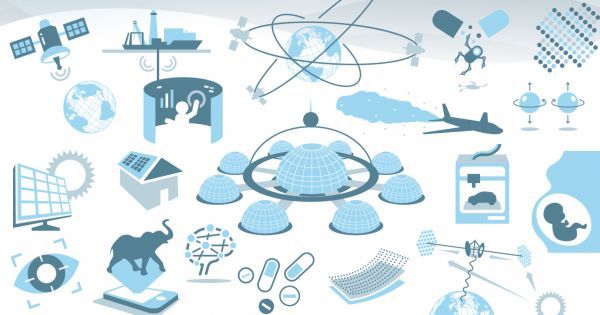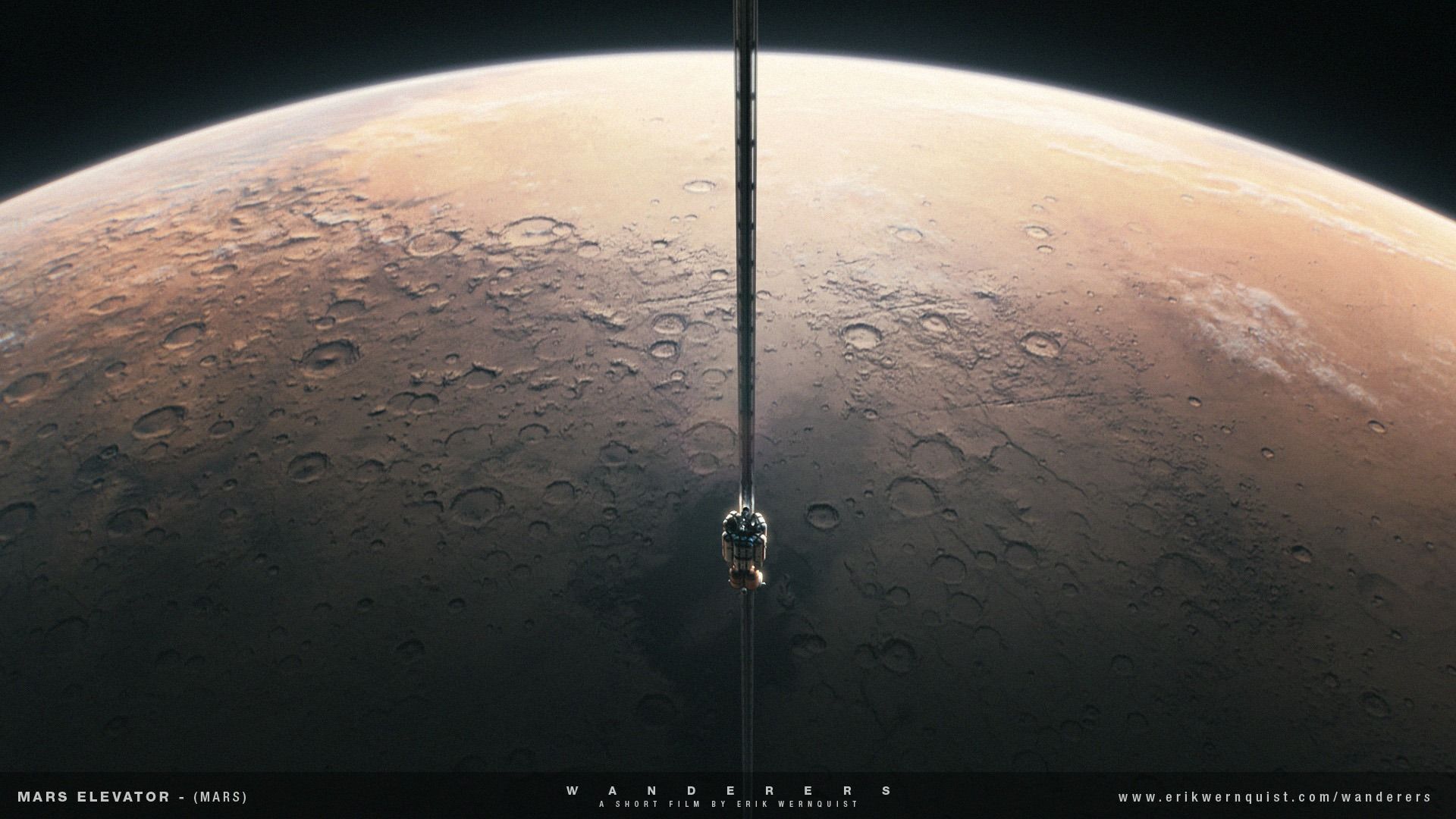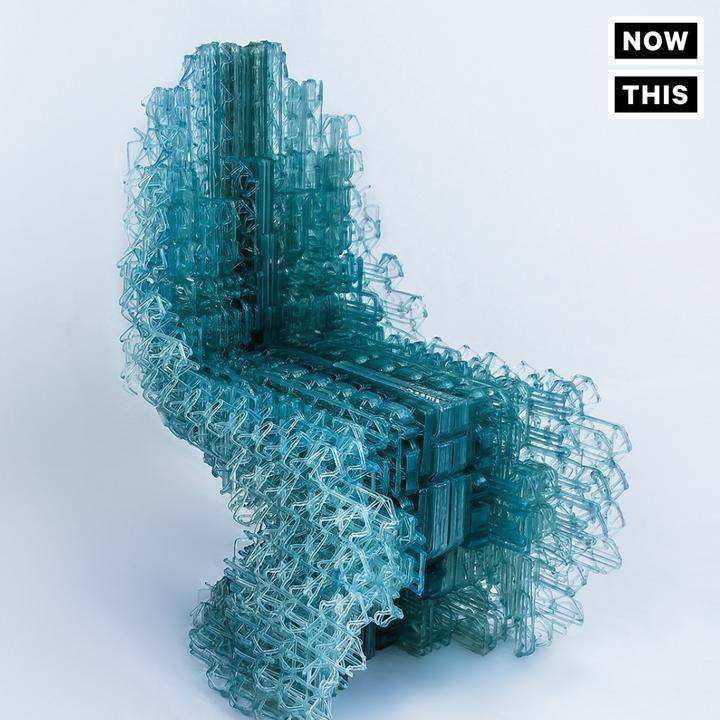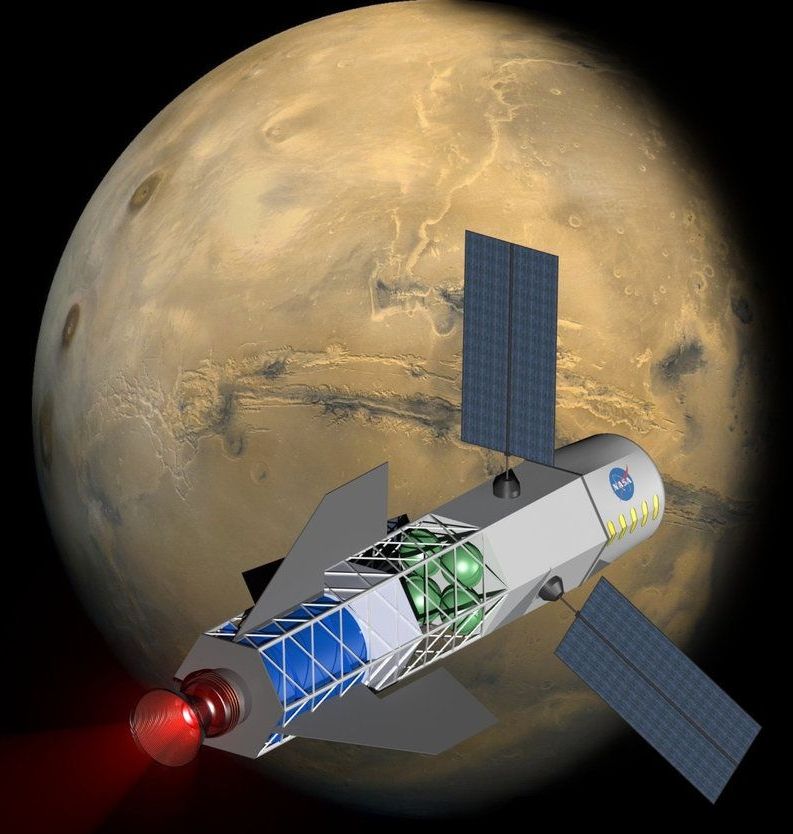Archive for the ‘materials’ category: Page 250
Jul 19, 2017
NASA is working out how to create rocket fuel on Mars
Posted by Klaus Baldauf in categories: materials, space travel
Sending humans to Mars involves deep space missions that could last months, but shipping material there is costly; the price of transporting 1kg on Earth increases by a factor of 100 on a Martian mission. If the ultimate goal is to establish a long-term base on Mars, we’ll need make use of materials found on humanity’s greatest ever voyage.
Jul 6, 2017
“For all its material advantages, the sedentary life has left us edgy, unfulfilled
Posted by Andreas M. Hein in categories: materials, space
Even after 400 generations in villages and cities, we haven’t forgotten. The open road still softly calls, like a nearly forgotten song of childhood.” Carl Sagan.
Mars colonization — Wanderers and Gosh by Erik Wernquist.
https://magpieaesthetic.com/erik-wernquist-beautiful-vision-of-whats-beyond/
Jul 5, 2017
Researchers create temperature sensor that runs on almost no power
Posted by Shailesh Prasad in categories: computing, materials
Researchers at UC San Diego have developed a temperature sensor that runs on tiny amounts of power — just 113 picowatts, around 10 billion times less power than a watt. The sensor was described in a study recently published in Scientific Reports. “We’re building systems that have such low power requirements that they could potentially run for years on just a tiny battery,” Hui Wang, an author of the study, said in a statement.
The team created the device by reducing power in two areas. The first was the current source. To do that, they made use of a phenomenon that many researchers in their field are actually trying to get rid of. Transistors often have a gate with which they can stop the flow of electrons in a circuit, but transistors keep getting tinier and tinier. The smaller they get, the thinner the gate material becomes and electrons start to leak through it — a problem called “gate leakage.” Here, the leaked electrons are what’s powering the sensor. “Many researchers are trying to get rid of leakage current, but we are exploiting it to build an ultra-low power current source,” said Hui.
The researchers also reduced power in the way the sensor converts temperature to a digital readout. The result is a temperature sensor that uses 628 times less power than the current state-of-the-art sensors.
Continue reading “Researchers create temperature sensor that runs on almost no power” »
Jun 30, 2017
Welcome: Welcome to the United Kingdom’s portal to the asteroid mining industry
Posted by Klaus Baldauf in categories: materials, space
We are a new aerospace start-up company that aims to open up the possibilities and potential of an off-Earth commercial market. We aim to develop ground breaking technologies that will enable the extraction, processing and use of materials derived from the many millions of asteroids known to exist near Earth and further afield.
Jun 22, 2017
3D-Printed Chair Made From One Piece of Plastic
Posted by Shailesh Prasad in categories: 3D printing, materials
Jun 9, 2017
Will Mini Fusion Rockets Provide Spaceflight’s Next Big Leap?
Posted by Klaus Baldauf in categories: materials, space travel
Fusion-powered rockets that are only the size of a few refrigerators could one day help propel spacecraft at high speeds to nearby planets or even other stars, a NASA-funded spaceflight company says.
Another use for such fusion rockets is to deflect asteroids that might strike Earth and to build manned bases on the moon and Mars, the researchers say.
Rockets fly by hurling materials known as propellants away from them. Conventional rockets that rely on chemical reactions are not very efficient when it comes to how much thrust they generate, given the amount of propellant they carry, which has led rocket scientists to explore a variety of alternatives over the years. [Superfast Spacecraft Propulsion Concepts (Images)].
Continue reading “Will Mini Fusion Rockets Provide Spaceflight’s Next Big Leap?” »
May 19, 2017
Sound over silicon: Computing’s wave of the future
Posted by Klaus Baldauf in categories: computing, materials
As computer parts grow tinier — billions of transistors are now packed onto silicon chips the size of a fingernail — silicon’s performance shrinks too, and the material can overheat.
May 16, 2017
Printing of electronics will get faster and be capable of making more complex products
Posted by Klaus Baldauf in categories: 3D printing, materials
Simon Fried, Nano Dimension CBO, describes the next five years of industrial 3D printing. It will be meeting more needs. In mechanical terms, that means 3D printing will use a broader range of materials or a higher quality of materials.
We also expect greater flexibility in combining materials – creating objects made of different types of metals, for instance, within the same print. Or printing metals and polymers, or metals and ceramics in one print job. With that capability, for instance, companies can begin deploying addition functionality within parts, such as electrical capabilities to mechanical objects. That’s the case with Nano Dimension, where polymers and metals are printed together with a very specific functional goal. Down the road, this capability will bring about stronger, smarter and more functional final products.
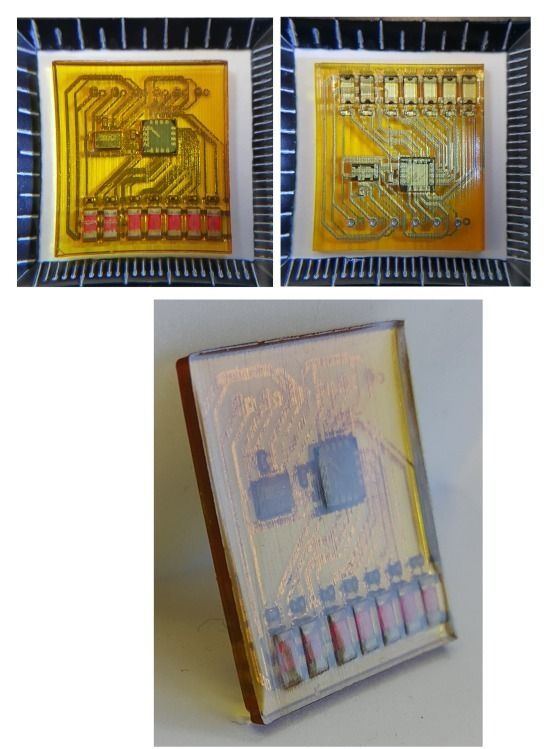
May 2, 2017
Our Future Space Colonies Could Be Built Using Super-Strong Martian Bricks
Posted by Klaus Baldauf in categories: materials, space travel
Scientists have created bricks harder than concrete by compressing simulated Martian soil. Hypothetically, this means we could significantly bring down the cost of constructing shelters when we finally reach Mars.
The world is intent on sending humans to Mars, but the feasibility of Martian travel is dependent on cost. That’s why staying within budget is potentially the biggest challenge facing NASA’s recently released five-year plan detailing how humans will get to Mars. It’s also the reason SpaceX is pushing to make reusable rockets.
